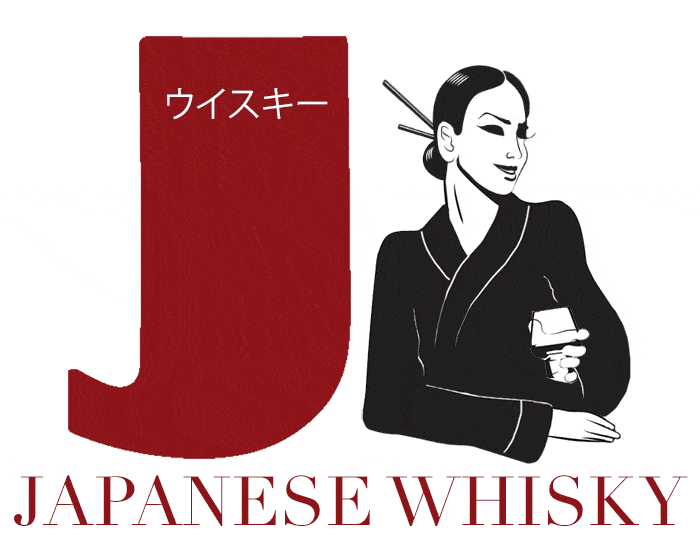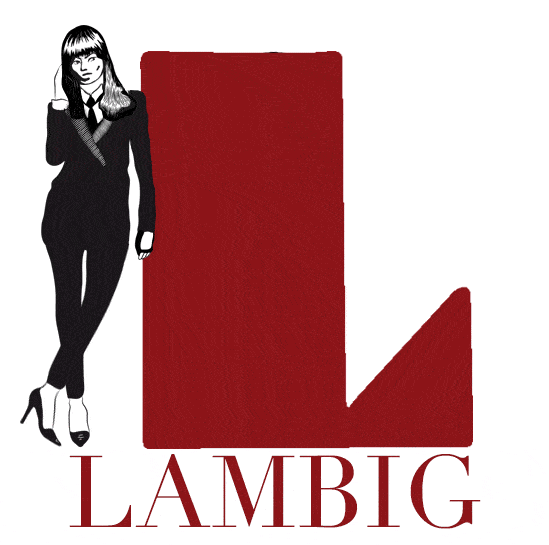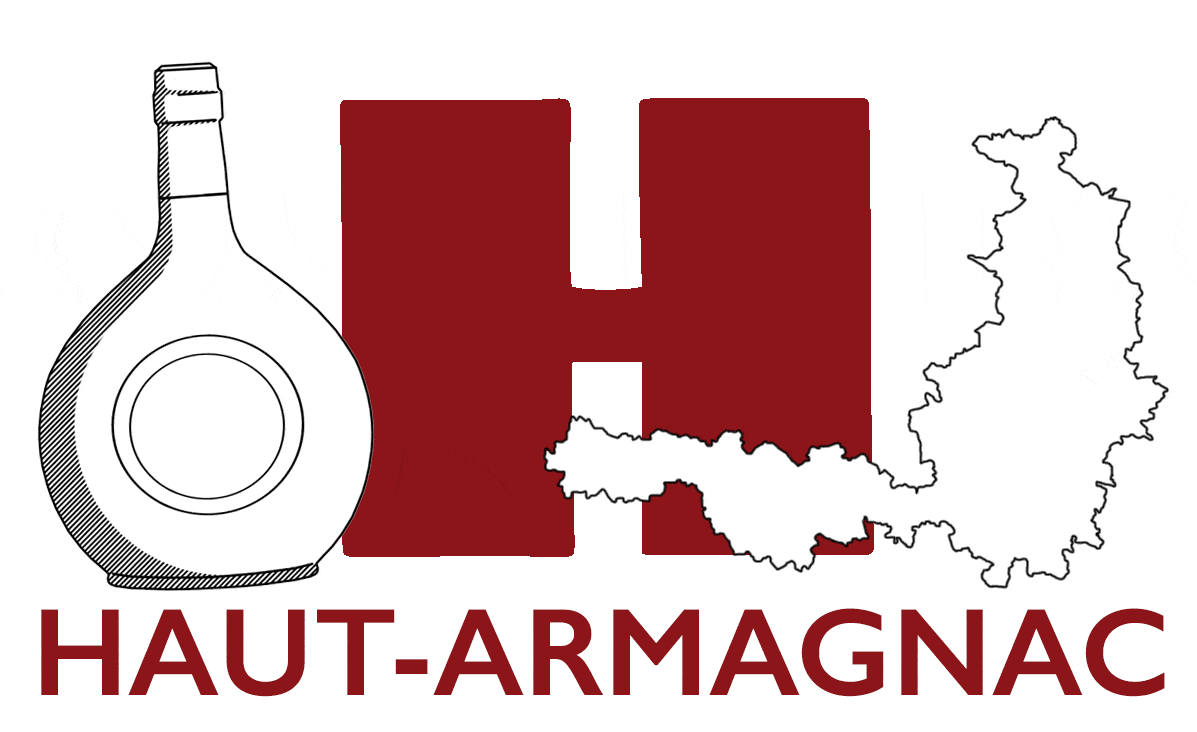
The ABCs of Spirits by Alexandre Vingtier: J for Japanese Whiskey
Introducing J for Japanese Whiskey, featuring in this edition of Alexandre Vingtier’s ABCs of Spirits. Read the story below.
I will remember all my life the first time I tasted a Japanese whisky, late 2005: a Yoichi 1989, which did not envy the greatest Scotch whiskies and was absolutely amazing on a haggis that night. It’s one of the whiskeys that led me to become passionate and a professional taster. Shortly after, we selected the future single casks of Yoichi, Miyagikyo and Coffey Grain from Nikka. And also a Suntory’s first export cask, a Yamazaki 1986 aged 20 years in cask of mizunara, the Japanese oak then unknown to malted palates. It was from 2006 that Japanese whiskey experienced an unparalleled acceleration of sales. The Japanese whiskey is full of treasures and we were only a handful to be interested in.
The craze and rise of Japanese Whiskey
It’s the opposite today: the craze is total. But rare are the Japanese whiskeys bearing an age statement and even less a vintage. And most of the novelties have lost the fawn side of their predecessors, to become pastels or watercolours, certainly very well blended, but less exciting. You have to go to Japan to get a glass of Yoichi single cask or be able to buy a special edition of Suntory from time to time. But why is the tide so low?
The rise of Japanese whiskeys’ range in the 1980s must be understood as a survival solution for an industry in decline: the local population begins to sulk the national production to turn to cognac and scotch. So much so well that consumption will be divided by three in a quarter century. The Japanese are then happy to export their great vintages, cherishing the hope of restoring their image to the local market thanks to an international acknowledgement. After hitting the bottom, Japanese whiskey captures almost all medals. They seduce the European palates and becomes locally popular again with the modernization of the highball (whisky, ice , soda…). And the producers then seek to go to America. Not surprising then that the European oasis is drying up so quickly. Nobody was prepared for such explosion.
The blend in Japan
It should be noted that the Japanese have long been importing Scotch whiskeys for their blends. And some have even acquired Scottish distilleries: Bowmore, Auchentoshan and Glen Garioch by Suntory. Well before the acquisition of the Beam group, Ben Nevis by Nikka or Tomatin by Takara. Nevertheless, soaring volumes and prices have encouraged certain practices rather disconcerting: some whiskies sometimes, containing less than 10% Japanese whiskey, are being sold with Scottish or Canadian whiskeys at low price.
The blend in Japan and the value of the Japanese whiskey itself makes it possible to create a high added value. And therefore to include the “product of Japan” statement so popular with consumers. Some go even further from now on, growing old imported whiskey a few years in Japan … The image of Japanese whiskey could be badly affected by these doubtful practices. But even though stocks have been hit hard, major Japanese producers have reacted. And invested in the extension of their distilleries, fill their cellars and gradually eliminate the references containing imported whiskeys.
Fortunately, with the establishment of the first Japanese Geographical Indications in 2015 for sake and shochu, and knowing that whiskey is eligible, we should see next years an equivalent protection to those of Irish whiskey and Scotch whiskey. For the present, Suntory proudly puts forward the words “Made in Japan” on its shelves…
Don’t drink and drive. Enjoy responsibly.
ABC of Spirits
Discover a series of articles about the definition of spirits around the world on our ABC of Spirits column by…
See all posts in this category. Join the community on Reddit
Join the community on Reddit
Spirits Hunters is a community dedicated to spirits and the world of mixology. Feel free to talk about the world of mixology and bartending here!
Join





